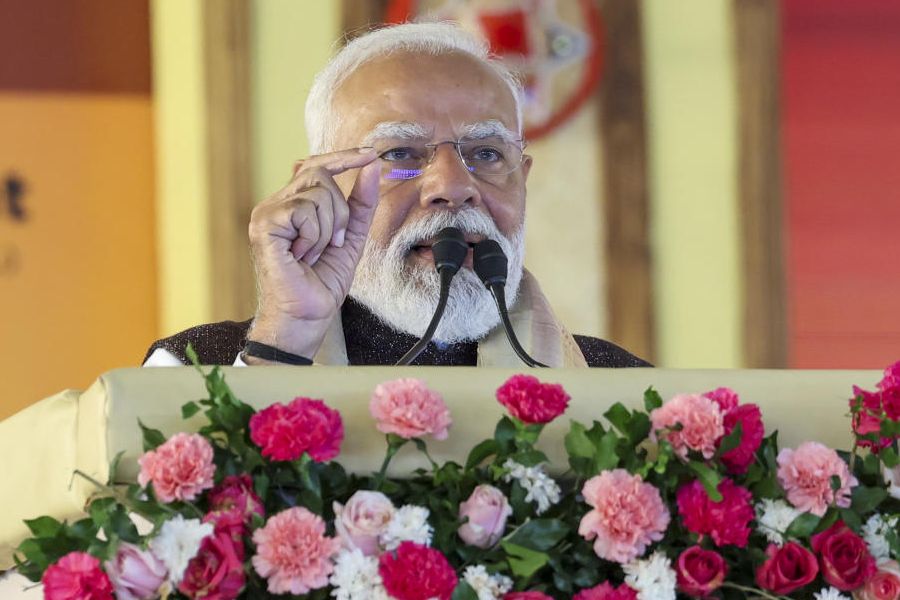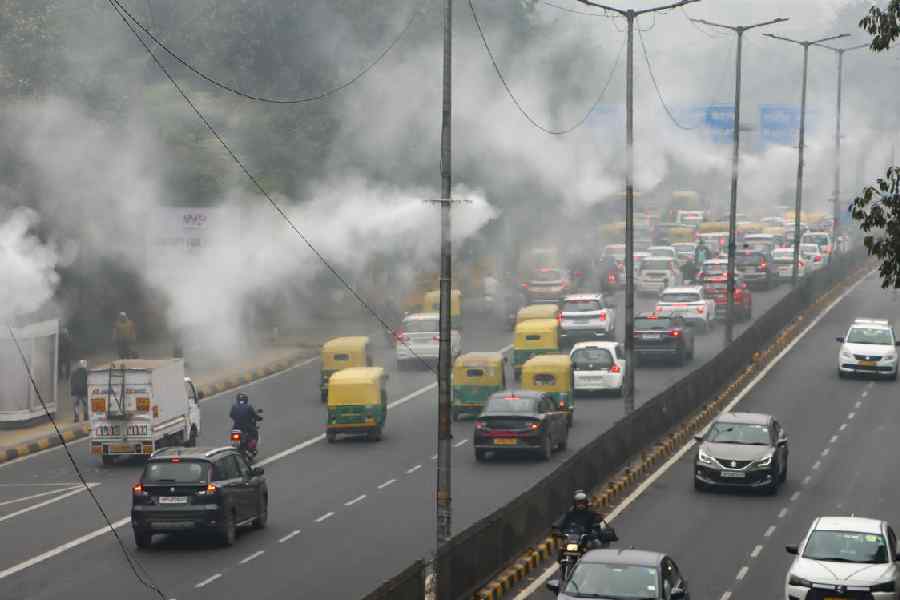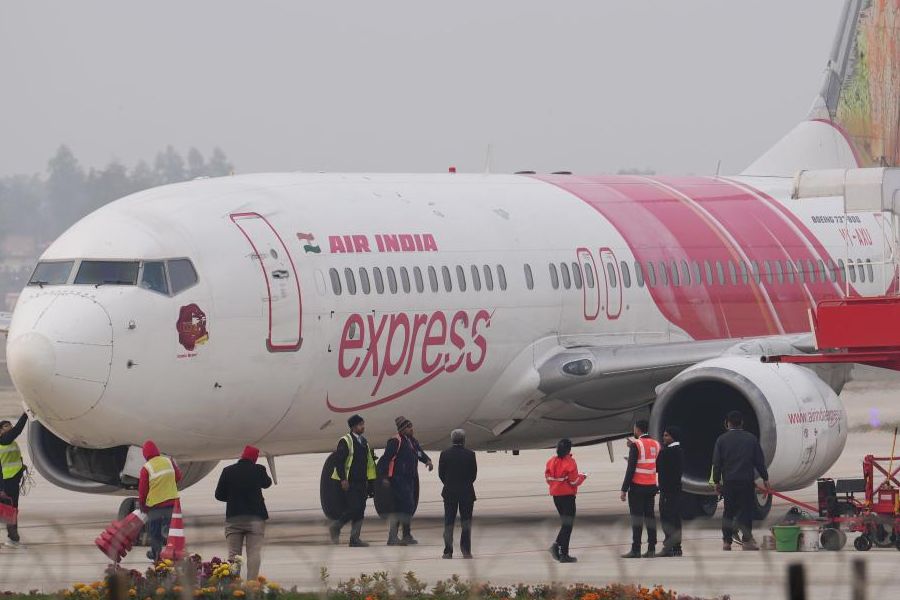Patna, May 14: Bridges in Bihar tell the story of its grow-th. If one studies the state’s progress over the years, its bridges will reveal a startling fact.
Bihar has witnessed construction of more bridges in the past six years (2005-2011), than were constructed in the past 100 years (1905-2004).
From 2005 to 2011, 16 bridges have been constructed across various rivers and another 17 are under construction. On the other hand, from 1905 to 2005, Bihar saw just 21 bridges across the rivers.
The Present NDA government’s stress on constructing bridges across rivers has proved a boon for the people.
The bridges haven’t only connected inaccessible areas but also helped the state government connect better with the rural people and take its schemes and projects to them.
The Nitish Kumar government has proposed another 12 bridges, which would not only reduce travelling time but will also connect people from north Bihar to south Bihar.
Asked about the reason for constructing so many brides, road construction minister Nand Kishore Yadav said: “Our government has made it a priority to construct bridges and facilitate transportation to remote centres. As you know the government’s goal is to provide roads and bridges that ensure travel from one end to another in six hours.”
Most of the under-construction bridges are likely to be opened in the next five years.
Some links like Arwal-Sahar bridge over Sone river will become operational by 2013, said Nand Kishore.
Sharing the mantra to accelerate the construction of bridges, the minister said: “The nature of work has changed now and we have made people accountable for the work they are involved in. If they don’t complete the work within the stipulated timeframe, we fine them, some are even blacklisted for neglecting their work. Such practices we-re never followed by the previous governments as development was not their priority.”
Talking about the benefits of the under-construction Mararghat bridge over Bagmati river, Nand Kishore said: “The Mararghat bridge would connect Sheohar district headquarters with Tariani block in the district, it would also link Sheohar to Belsand in adjoining Sitamarhi district. The Baluahaghat bridge over Kosi river will help reduce the distance of Darbhanga, Samastipur, Madhubani and Muzaffarpur by 100 to 150km from Saharsa and other parts of the Kosi region.” Similarly, when the Ara-Chhapra bridge over Ganga river would be complete, the distance between Chhapra and Ara would be reduced by 85km and the distance between Chhapra and Aurangabad would be reduced by 60km. The bridge would benefit neighbouring UP.
No bridges were constructed over the Bagmati river before 2005. Now, four bridges ha-ve been constructed and two are under construction while one more has been proposed.
“For the development of any state, it is very important to construct bridges. If the co-nnectivity improves, it helps farmers to sell their products in the open market, which is not possible without better transportation. The concept of inclusive growth can only be achieved if the connectivity is better,” said Nand Kishore.
Talking about the factors responsible for constructing many bridge under Nitish’s regime, the director of the Asian Development Research Institute (ADRI), Saibal Gupta, told The Telegraph: “The credit goes to better governance and functioning of the state. Since Bihar is criss-crossed by many rivers, it becomes important to have smooth internal movement.”
He further said: “Bridges are now the lifeline of the state, which not only consolidate the economy but also create better market value. Bridges always play multiple roles in improving the economy of a state.”











